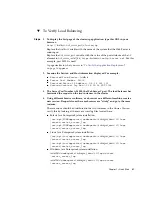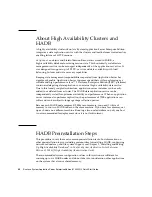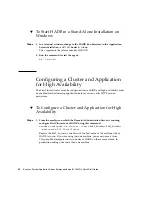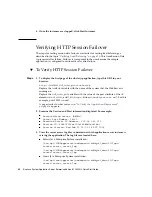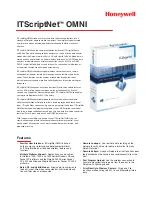
▼
To Configure Your System for HADB
1. Get root access.
2. Define variables related to shared memory and semaphores.
■
On Solaris:
a. Add these lines to the
/etc/system
file (or if these lines are in the file as
comments, uncomment them and make sure that the values match these):
set shmsys:shminfo_shmmax=0x80000000
set shmsys:shminfo_shmseg=36
set semsys:seminfo_semmnu=600
Set
shminfo_shmmax
to the total memory in your system (in hexadecimal
notation the value
0x80000000
shown is for 2 Gigabytes of memory).
If the
seminfo_*
variables are already defined, increment them by the
amounts shown. The default values for
seminfo_semmni
and
seminfo_semmns
do not need to be changed. The variable
shminfo_shmeg
is obsolete after Solaris 8.
b. Reboot, using this command:
sync; sync; reboot
■
On Linux:
a. Add these lines to the
/etc/sysctl.conf
file (or if they are in the file as
comments, uncomment them). Set the value to the amount physical
memory on the machine. Specify the value as a decimal number of bytes.
For example, for a machine having 2 GB of physical memory:
echo 2147483648 > /proc/sys/shmmax
echo 2147483648 > /proc/sys/shmall
b. Reboot, using this command:
sync; sync; reboot
■
On Windows: No special system settings are needed.
3. If you used existing JDK software when you installed a standalone Application
Server, check the JDK version.
HADB requires Sun JDK 1.4.1_03 or higher (for the latest information on JDK
versions, see the
Sun Java System Application Server Enterprise Edition 8.1 2005Q2
Release Notes
). Check the version installed, and if it is not done already, set the
JAVA_HOME
environment variable to the directory where the JDK is installed.
4. If necessary after the reboot, restart the domain, Web Server, and node agent.
To restart the domain, use the command
asadmin start-domain domain1
.
Steps
Chapter 2 • Quick Start for Setting Up High Availability Failover
27









